Contents
One of the main summer associations: the sea, the sun and watermelons. But everyone knows that these berries grow well in warm areas. How to grow watermelon in Siberia? What varieties to choose? Should I plant directly in the ground or use seedlings? And will they survive at all in such conditions? In this article we will try to specify the main points that you need to consider if you grow watermelons in Siberia.
Features of this region
Despite the harsh climatic conditions, many Siberians are engaged in gardening and horticulture – they cultivate various crops, because, despite the considerable amount of brought food, they still want their own and 100% environmentally friendly. The main focus of the inhabitants of this region is on the cultivation of grain crops. Basically, it is rye, wheat (spring), oats and barley. This choice is primarily due to agricultural needs – for feeding livestock. Many Siberians grow vegetables, usually potatoes. Some prefer sunflower and flax.
Varieties for Siberia
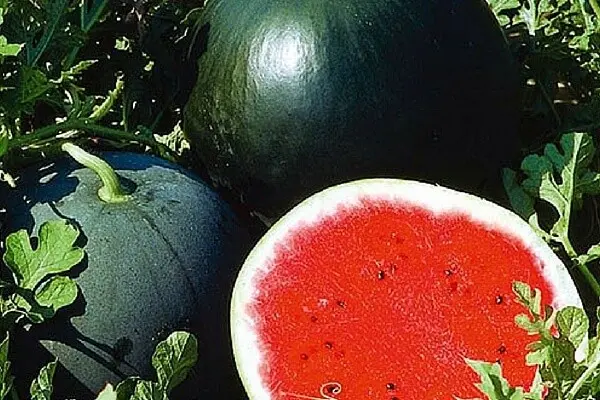
Let’s start, so to speak, with the preparatory stage. First, you need to decide on the varieties of watermelons that will be appropriate for the conditions of Siberia.
The most common varieties are: Honey Bed, Sugar Baby, Emperor’s Hat, Odintsovsky, Beijing Joy and Spark.
It is worth noting that watermelons love warm temperatures. But due to the fact that the Siberian region can not boast of special warmth every year, then you can count on the harvest only if there are at least one hundred warm days (+28) from the moment this crop is planted.
Video “How to grow a crop of watermelons in Siberia”
See what kind of harvest you can get on melons in Siberia with the right choice of variety and proper care.
When to land
According to already experienced gardeners, if you have learned how to grow cucumbers, then it will not be difficult with watermelons, because these two crops have a lot in common both when planting and in care. In regions with higher temperatures, planting can be done directly into the ground.
Usually, planting begins at the end of April, when the earth has warmed up to at least 10 degrees. You should not delay the sowing of watermelons, because the later, the yield will decrease.
When planting, the holes are made 6-8 cm deep. If the next summer is expected to be dry, the holes should be made a couple of centimeters deeper. Seeds are invested in holes to a depth of 1 centimeter. Do not deepen, otherwise there is a high probability of damage to it.
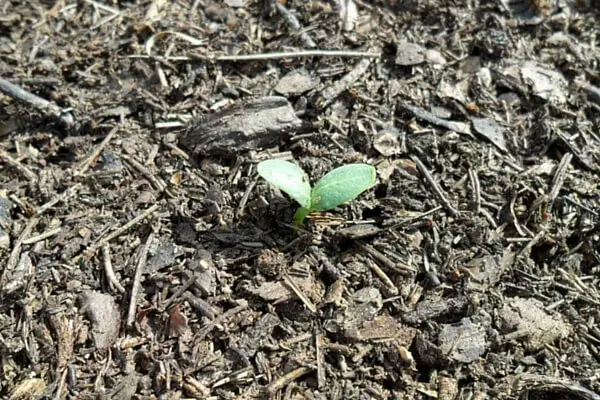
There are people who grow chestnut trees as follows: put the seeds in a prepared hole (how to prepare it is described below) and immediately cover it with a cut plastic bottle (the bottom is cut off, neck up). Thus, the optimal temperature for fruit ripening is constantly maintained. In case frosts are expected, the neck of the bottle should be covered with a film or other covering material (but do not twist with a cork from this bottle, as there will be no air circulation and sunlight will not get enough for good fruit ripening). When the danger of frost has passed, the bottle can be removed and you can continue to care for the watermelons as usual.
But, basically, the cultivation of chestnuts in Siberia is carried out with the help of seedlings. We begin work with seedlings around the end of April.
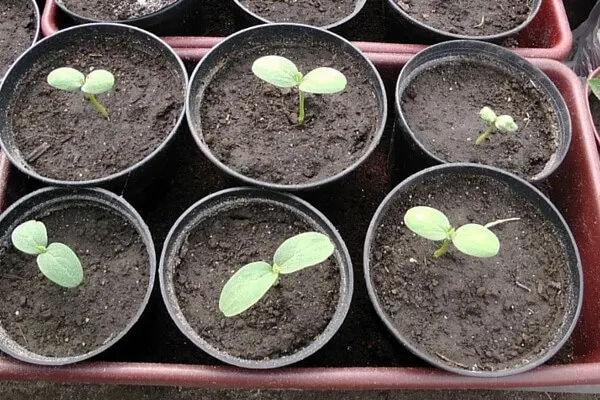
And when working with seedlings, and when planting immediately in the ground, the seeds must be soaked. Some recommend soaking them with water at room temperature, others – with water of 50 degrees. When soaking with warm water, you need to let the seeds brew for about 2 days. If you pour hot water, then just let the water cool for a while and you can plant seeds for seedlings.
Some believe that seedlings are ready for planting after one month. And other gardeners say that 4-5 days will be enough to plant.
When the germination period of seedlings is already over, we begin to prepare holes for planting. Watermelons are quite freedom-loving crops, so you should try to make holes at a distance of at least one and a half meters from each other. An important point is the weeding of the watermelon landing site. It is worth remembering that it is the presence of some weeds that will help the fruits become juicy, and not sunburnt. So it is not necessary to remove all weeds “under zero”. You yourself will notice that near the largest weed, the largest fruit will grow.
We loosen the earth of each hole, add humus or compost, sand and, if possible, ash there. Next, cover the holes with a film or glass – thus, let the soil warm up. Some gardeners, in order to warm the ground, simply pour hot water over each hole (but not boiling water), let the water soak in and immediately land.
Caring for planted watermelons
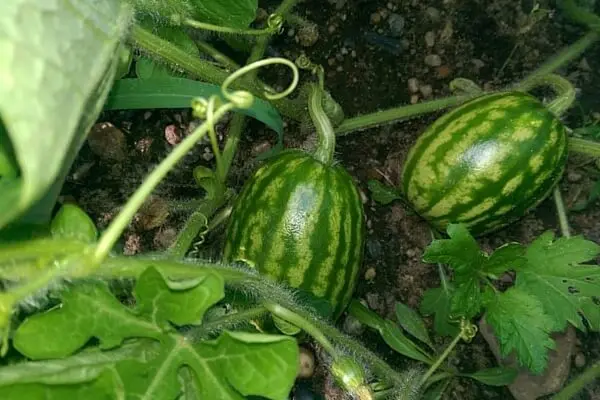
To grow tasty and juicy watermelons, you need to go through the final stage – caring for the planted plants. The most important thing here is to make sure that the ground is always moist.
Many mistakenly believe that watermelon, as a heat-loving plant, does not really need water. But such an opinion is extremely erroneous, because even when existing in hot conditions, chestnut trees take quite a lot of water from the soil and from warm southern rains.
So in hot weather, watering should be done twice a day. Watermelons should be watered with exceptionally warm water (in extreme cases, a little cool).
Around the beginning of August, watermelon lashes begin to grow actively. They should be pinched. You also need to remove constantly growing shoots.
As for weeding, it is not recommended to carry it out often. As mentioned earlier, weeds protect watermelons from the sun to a greater extent. So many people only weed the ground once in a lifetime. It is worth remembering that those weeds that appeared after the shoots of plants are no longer terrible. That is why experienced gardeners keep part of the garden with watermelons seemingly unkempt, but, believe me, for the chestnut tree, this is it.
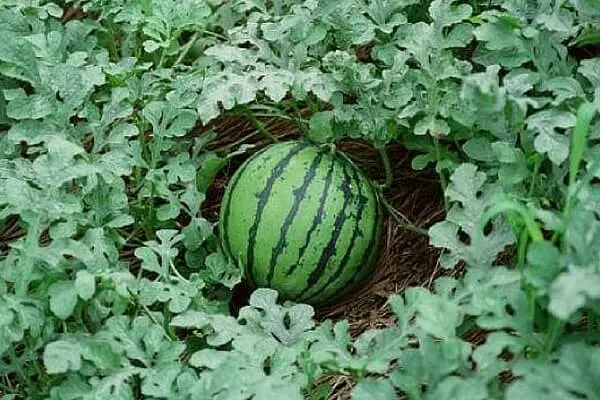
Some, when growing chestnuts, resort to some of their tricks and secrets. For example, when the fruit of a watermelon is already beginning to pour, they put a brick under it. This helps to accumulate heat, the presence of which for the fetus is a necessary condition for its good ripening.
Video “Secrets of growing Siberian watermelons”
In this video, you will get acquainted with the invaluable experience of breeding melons and gourds by professionals of the Irkutsk Organic Farming Club.
Long-term and constant care will help watermelons grow successfully and, as a reward, bring you an excellent and juicy harvest.









